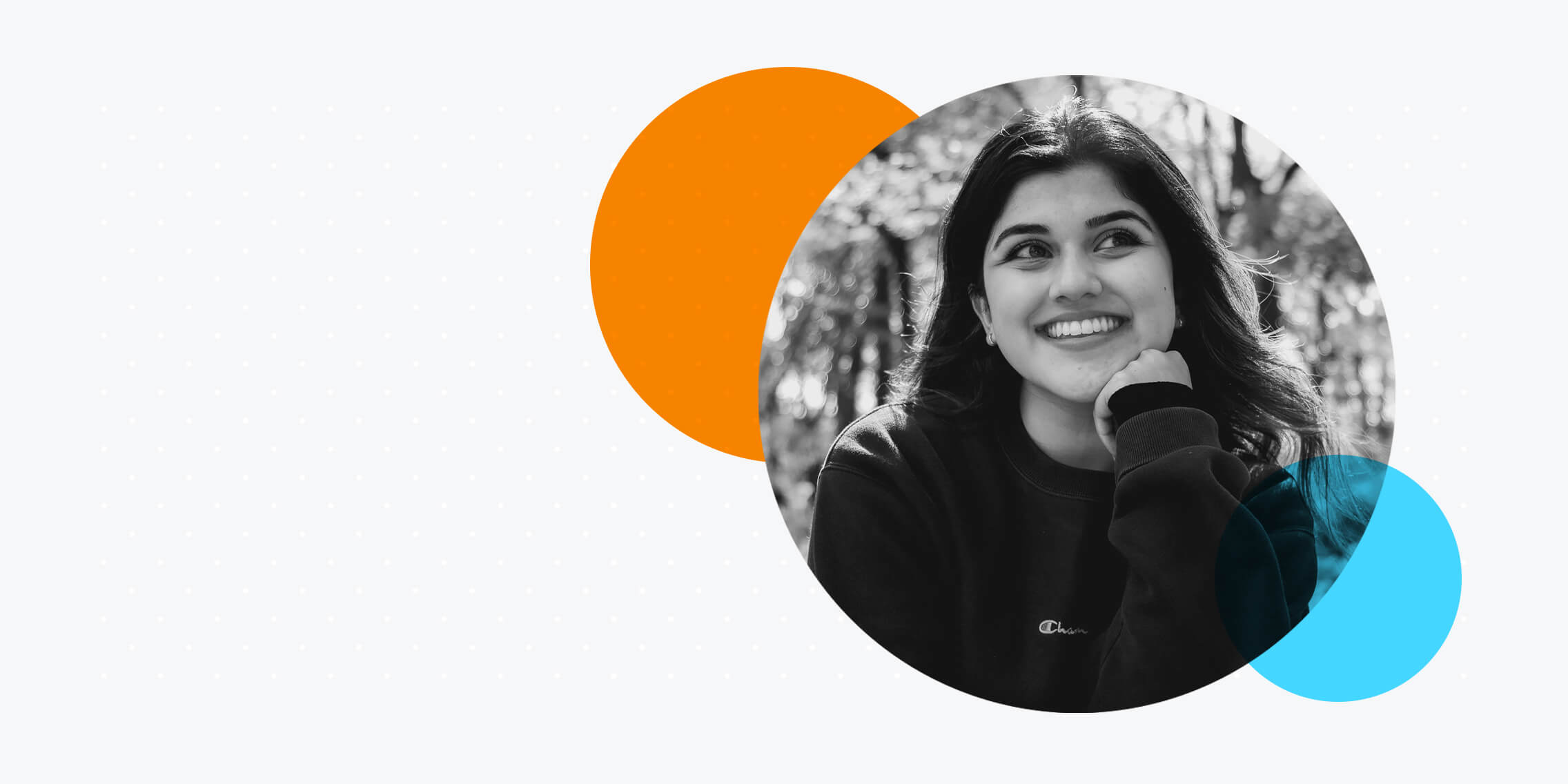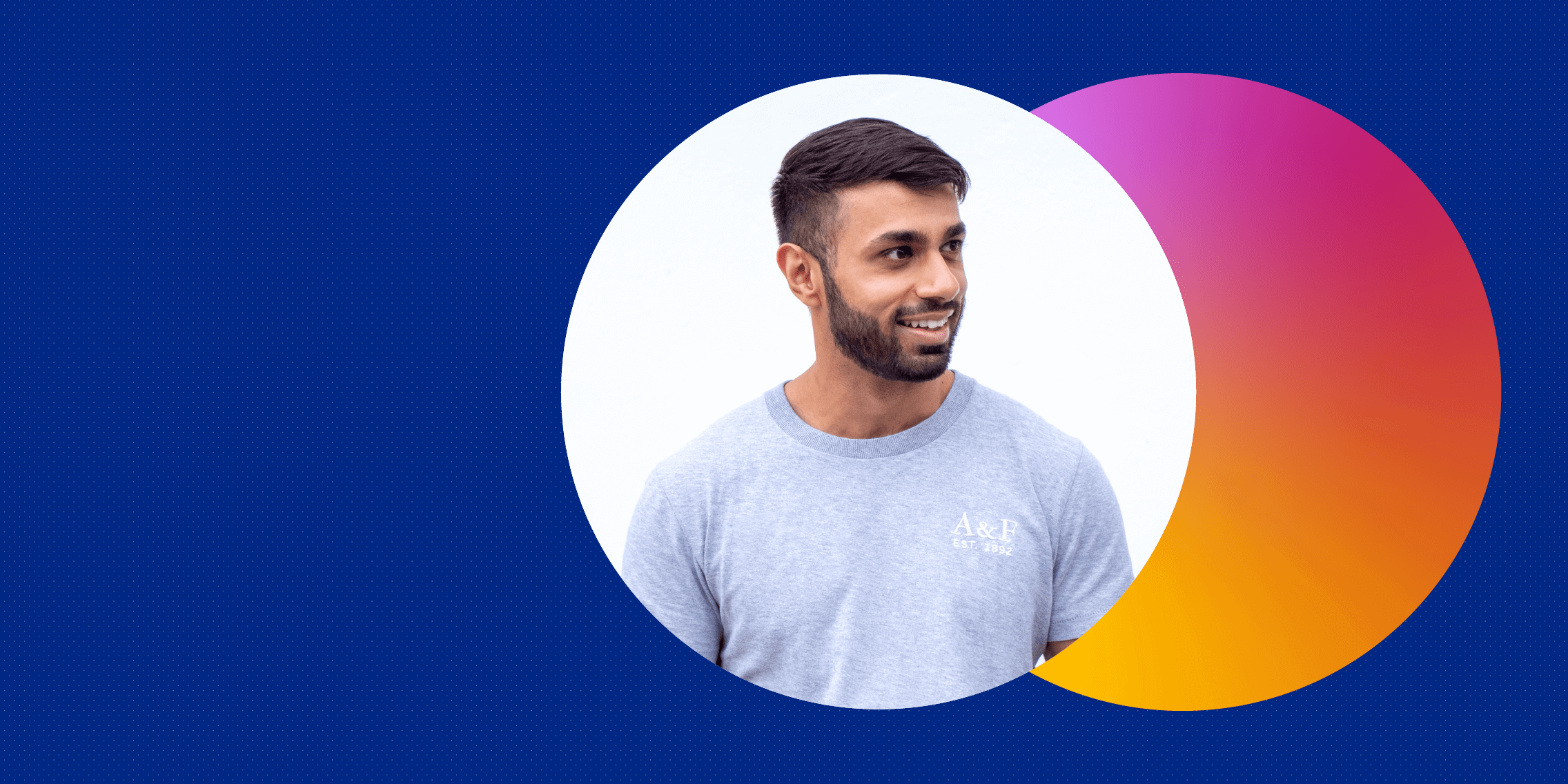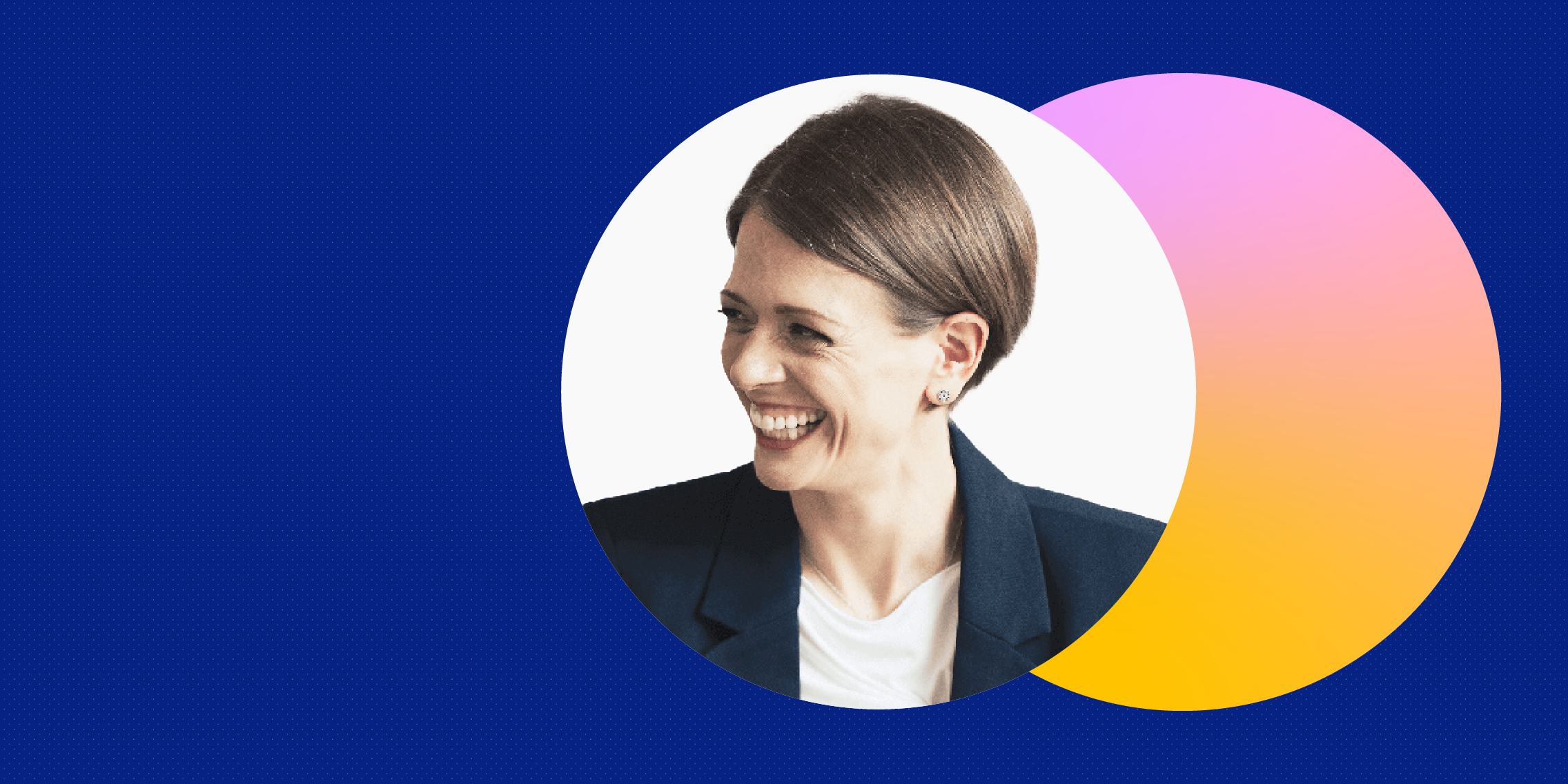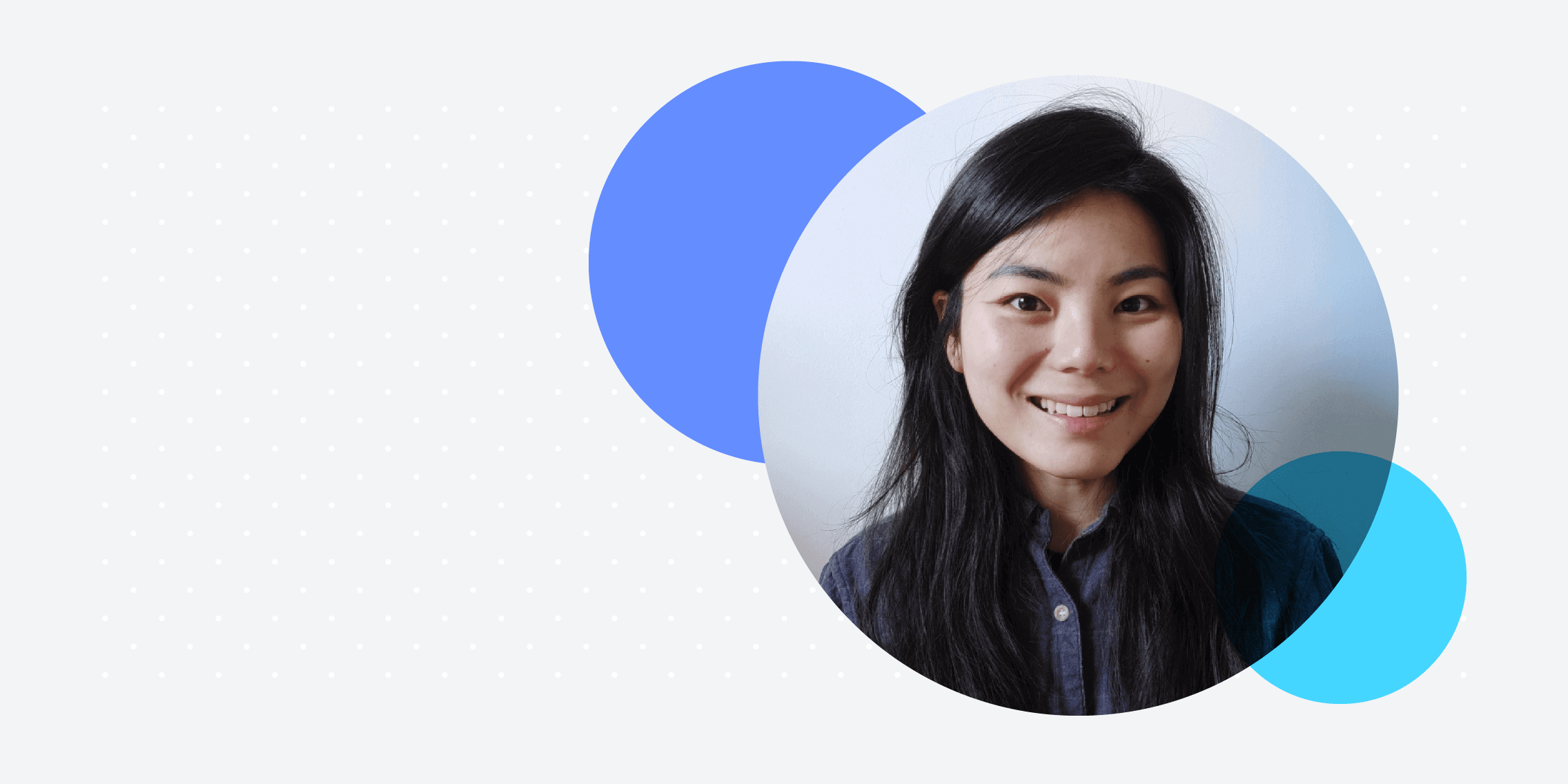Why did you decide to upskill in UX?
I had no experience in UX and the job that I had before was more of a designer slash content creator. It was for a very small startup so my job was quite broad. One of my roles was to keep up with the website and redesign it. When they came out with an ecommerce line, I was in charge of the branding – designing the packaging, sourcing it and all those things. I really enjoyed that. I also very, very much enjoyed the web design part of it, so I kind of just combined them. After doing some research, I came across UX design and it really stood out to me.
I had no formal education in UX design, it was just skills that I had built over the years as a graphic designer.
While I was doing this course, I was freelancing on the side and I think with all the experience that I had, I noticed that problem solving was the core element of the work that I was doing. Whether it was helping clients with photo/video solutions to their brand or design solutions to their websites, problem solving was the part that I enjoyed the most. I started doing some research into UX design and there are so many boot camps out there. I watched quite a lot of videos of people who transitioned into a UX career and they all recommended doing some sort of course/bootcamp.
Did you look into boot camps and then decide that they weren’t for you?
I looked at quite a few. I think some of them were very intense. There were some that were three months straight, nine-to-five and this would’ve been quite difficult to manage with my freelance work. That’s why UX Design Institute really stood out to me because it can be done at your own pace and you have a year to complete the course. With my freelancing, this was the best option for me as I could continue working and study at the same time.
When did you do the Professional Diploma in UX Design?
I started in June 2021 and I finished all my practical work around the end of December.
After completing my project, I prioritised working on my UX portfolio as I was excited to start looking for jobs. With my UX portfolio, I wanted to make sure that it covered my design process that I did for my UX Design Institute final project.
As this was my only real project on my portfolio, I wanted to make sure it was as detailed as possible in order to showcase what I had learnt in this course.
How did you manage that balance between studying and being self-employed?
When you’re self-employed, you’re working basically seven days a week because it’s your own thing. You’re always doing it. But I was able to work around my schedule because some weeks I would have more days to myself and that’s when I did the course. There were some days where I would spend my evenings doing the course. It wasn’t difficult because this course is so flexible. Even if I had a full-time job, I would have been able to do this and that’s the best thing about it.
Could you tell us a little bit about your portfolio?
I created a hotel app for pet-friendly hotels. I have a dog and when we were going to Scotland, we were really struggling to find a nice, pet-friendly hotel. So I took that as an inspiration and created a hotel app after that. I made a document that went through the whole UX process.
It showcased how I approached this task, how I did my research, competitive benchmarking, note taking, usability testing and much more.
At the end of the project [from the diploma], we had to just submit a medium fidelity prototype. We didn’t really have to look into images or colours or fonts but those are the parts that really stand out to me. So I spent time fixing my prototypes and making a high fidelity prototype.
Was your portfolio very important during interviews?
Yeah, the portfolio is really important.
Every job that I had come across was asking for a portfolio, so that’s why I spent a lot of time polishing my one.
I wanted to make sure that as soon as someone looked at my portfolio, it was neat and all of the work that I’ve done is presented very nicely as well. Presenting a whole document with a lot of pages can be quite boring for someone to read. So I just wanted to make sure that mine was engaging.
Did particular parts of the course help you fill in the gaps for your crossover from graphic design into UX?
Learning the UX process, especially the research and analysis stage was the most important part for me, as this was something I hadn’t done before in much detail. Knowing the different design principles, research methods and looking into analytics/metrics was the part that helped fill the gaps in my knowledge.
How did having the diploma help with your job hunt?
Having the diploma really stood out to employers because when I was doing interviews, that’s what they would ask about first.
They were very interested to know what I had learnt in this course and how I can apply it to the real world. With my past experience, I’m not too sure if transitioning into UX would’ve been as easy if I hadn’t done a course.
What was the job hunt like?
Job hunting was quite difficult. As more people have started to get into UX Design, the field has become quite competitive. Unless you have had relevant work experience beforehand, it is quite difficult being entry-level.
Luckily, I had come across a role at River Island where I now work as a UX Designer. I’m grateful to be part of a team that is extremely helpful and accommodating to someone who is so new to the field.
I’m lucky to be a part of a team that are so talented and passionate about improving user experience and creating products that are accessible to everyone. They really care about the customer and delivering solutions that will create a better user experience for all.
How are you finding the transition from being freelance to now having a full-time role?
At first I was quite worried that I wouldn’t enjoy a full-time role. Freelancing is so different and working hours could be less than a typical full time role, or in most cases, more hours. However, my team ensured that my first few weeks were easy for me to settle and adjust into the company.
What does an average day working as a UX designer with River Island look like?
Designing, presenting and pitching ideas to my team and, of course, learning. My team gives me space to learn and observe, which has been very helpful for me. I create designs according to the branding and complete various briefs that are given to me. I take my time to research what has been given to me and provide any alternative solutions as well.
Has the course has helped you kind of speak about your work in a more confident way?
Yes, definitely. There are many concepts that I wasn’t aware of before I started this course, so it definitely gave me confidence.
After doing the course, I understood the UX design process better, therefore I was able to go through my project and explain all my methods and techniques.
What advice would you give to someone who is considering doing the Professional Diploma in UX Design?
I would 100% recommend the UX Design Institute. UXDI goes beyond just teaching what UX Design is. Everything is taught in-depth and you will definitely finish this course feeling much more confident about UX Design.




